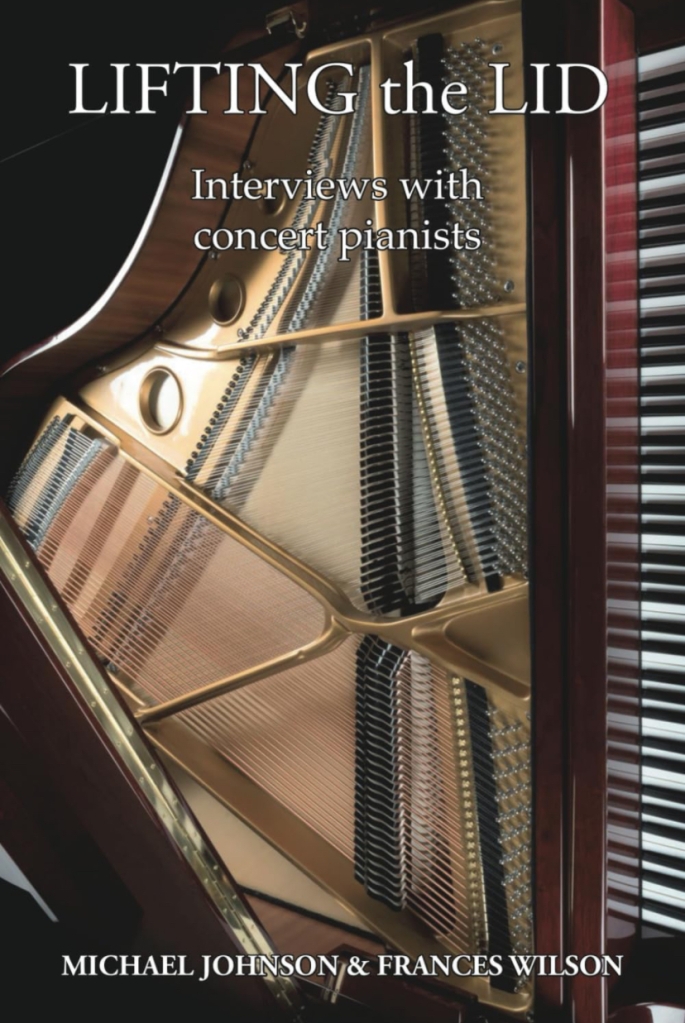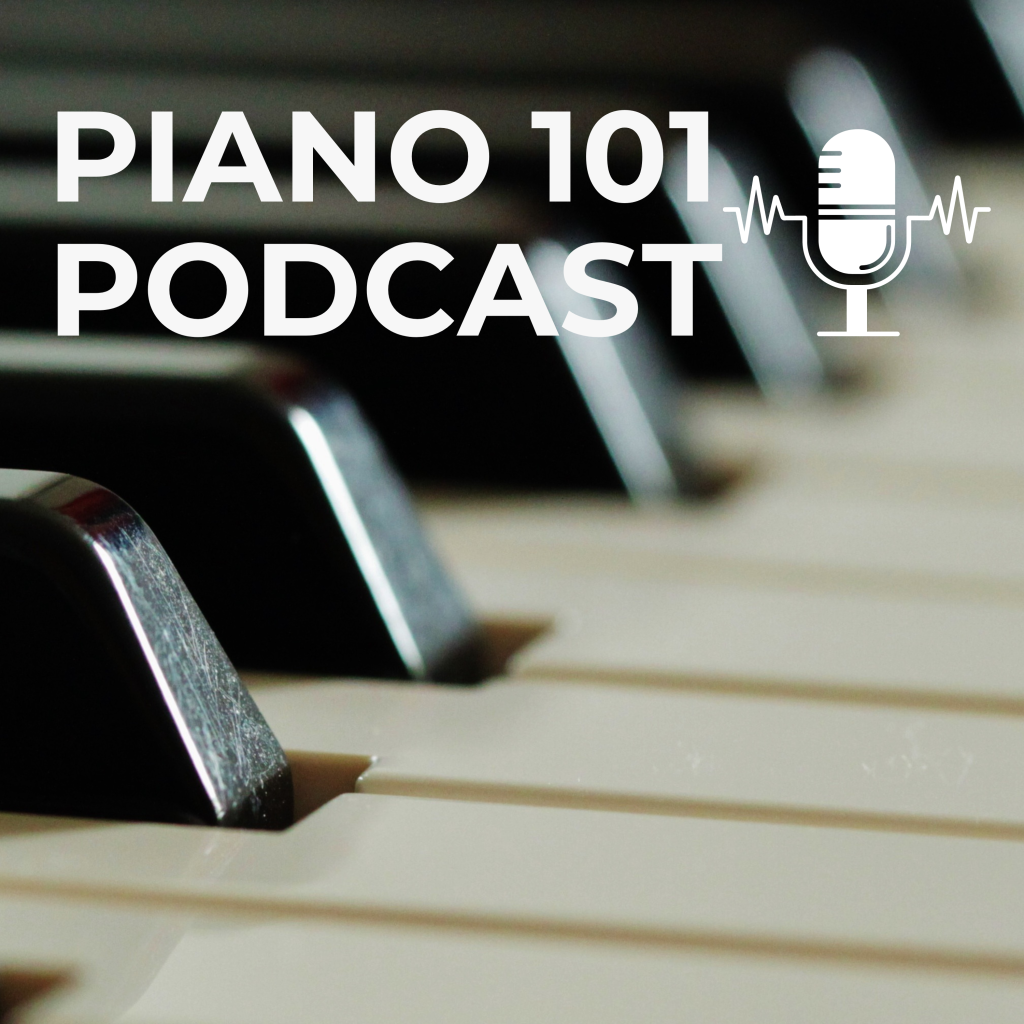At a recent Wigmore Hall concert, given by the wonderful young Russian pianist Pavel Kolesnikov, I eschewed the printed programme and went into the hall empty-handed. It hardly mattered – I knew what was on the programme (and I could peek at my concert companions’ programme if I needed to) and it was rather liberating not to be clutching a large-ish booklet for the entire evening.
The printed programme is a traditional accoutrement of the classical concert format. When I went to concerts with my parents as a child, I found the printed programme a curious, esoteric document, full of complex, often foreign words and concepts. As I recall, I liked looking at the pictures of the soloist or conductor, many of whom had artistically wild hair (conductor Louis Fremaux, for example, who worked with the CBSO in the 1970s), but the programme notes were largely incomprehensible to me. When my musical studies were more advanced, I was better able to decipher programme notes: I understood terms like Ternary Form, Rondo or Coda, but still the notes seemed to inhabit a rarefied world of musicology which only a select few could enter.
Usually I don’t like audiences reading their programmes as one plays
– Steven Isserlis, cellist
I understand where Steven Isserlis is coming from with this comment from a recent tweet. If your head is buried in the programme, you’re obviously not going to give the music and the performer/s your full attention. Without a programme to read during Pavel’s performance, I found myself listening even more attentively than usual (and, by my own admission, I am generally an attentive concert-goer). My ears were alert to every dynamic nuance and expressive shift, and I found myself making interesting aural connections between the different composers in the programme (C P E Bach, Schubert and Schumann). In short, I was fully engaged and absorbed by the music. This is, of course, largely due to the performer’s skill in drawing the audience into his personal soundworld and communicating the composer’s intentions, but programme notes can be distracting, and without them, one tends to listen more carefully.
Programme notes have changed a great deal since my earliest concert going days in the 1970s. The esoteric, musicological or high-falutin language has largely disappeared, replaced with text which is accessible, readable, informative and informed, though some still remain nothing more than a sterile playlist. The best programme notes offer the audience a way in to the music (this is especially useful when hearing new or lesser-known music). Good programme notes will give an overview of the context in which the works being performed were created, some biographical details about the composer, and information about the structure of the music, but will also include text which can stimulate our anticipation of what we are about to hear or highlight the emotional content of the music, which often makes its more relateable to an audience of non-specialists. Sometimes there are anecdotes about how the work was received when it was first performed, or a quote from a contemporary observer or critic, or how the work is related to another piece or pieces in the programme. For song or choral recitals, programme notes usually contain the song texts in the original language and in translation. In general, today’s programme notes are well-written documents which I often return to after the concert has been and gone.
Sometimes performers writer their own programme notes, which adds a more personal take on the music, and the practice of the performer introducing the programme via a short pre-concert talk is becoming more common. I really enjoy such talks, especially when the performer offers more personal insights about the music or explains the music as he or she sees it. Most audiences are very interested in a performer’s reasons for choosing certain repertoire or why it is special to them, both compositionally and in terms of what it is like, physically and emotionally, to play it. Talking to the audience also breaks down that awful “them and us” barrier that can exist at concert venues, thus giving the audience a greater connection to the performer and a sense that a concert is very much a shared experience.
Modern technology has also changed the traditional programme note. Many concert venues now post videos or podcast interviews with performers or commentators ahead of a performance, which “adds value” to the printed programme. And some venues offer audiences the option to download a copy of the programme in advance. This is a very good innovation, in my opinion. One thing that does irk me about concert programmes is the cost of them: some are as much as £5 and contain page after page of advertising (the Proms programmes being a particular case in point – a veritable bumper edition of advertising and just 5 pages of actual programme notes……). Interestingly, when I attended a Sunday morning concert at the Vienna Konzerthaus, the programme contained only 5 adverts, of which 4 were directly related to the venue and its resident orchestra.
The lighting – or lack thereof – at some venues (Queen Elizabeth Hall and the Coliseum, for example) renders reading the programme during a performance almost impossible, which is probably a good thing. Programmes can be read and enjoyed before the performance, or during the interval, or indeed on the train on the way home. For many of us, the programme becomes a cherished souvenir of a memorable event – especially if it is signed by the performer!





